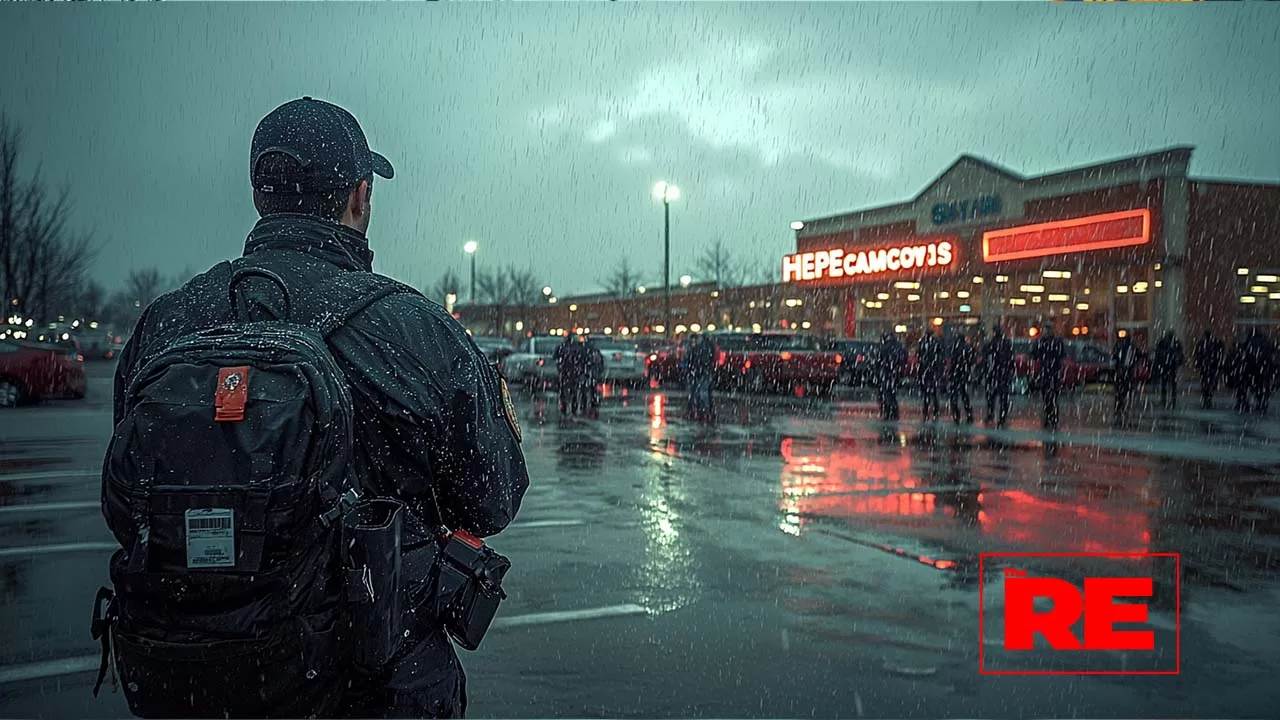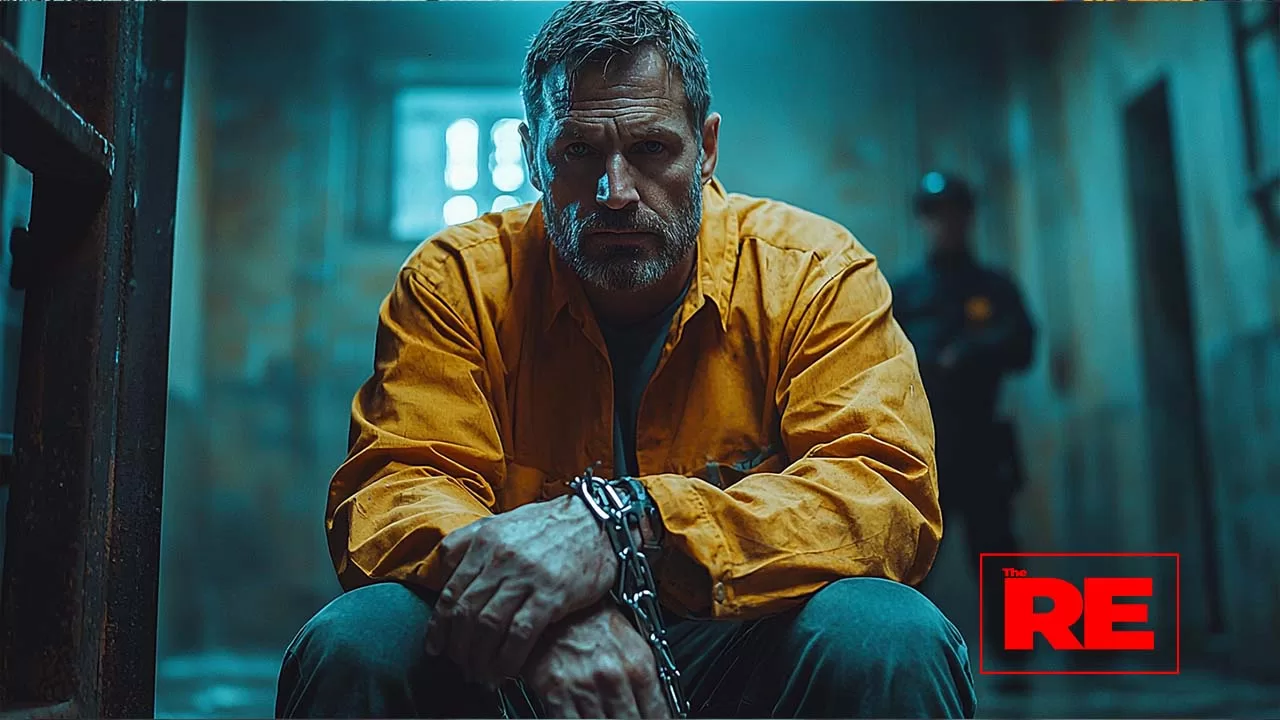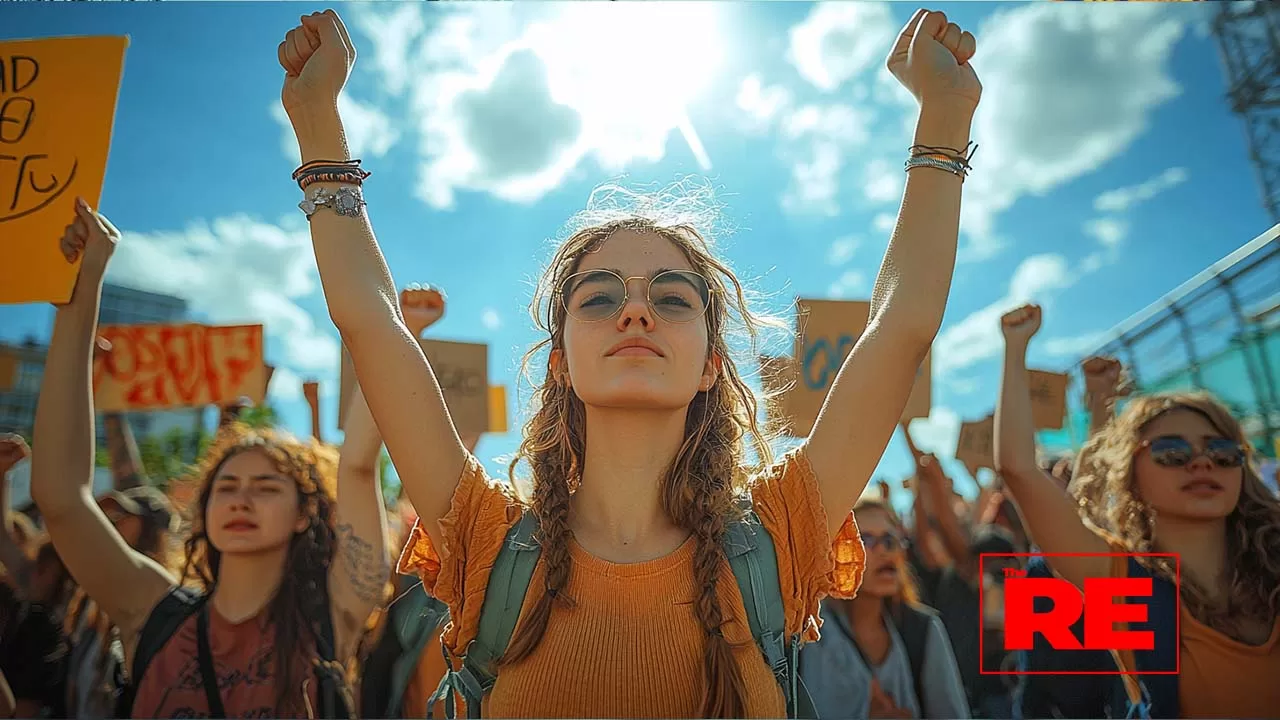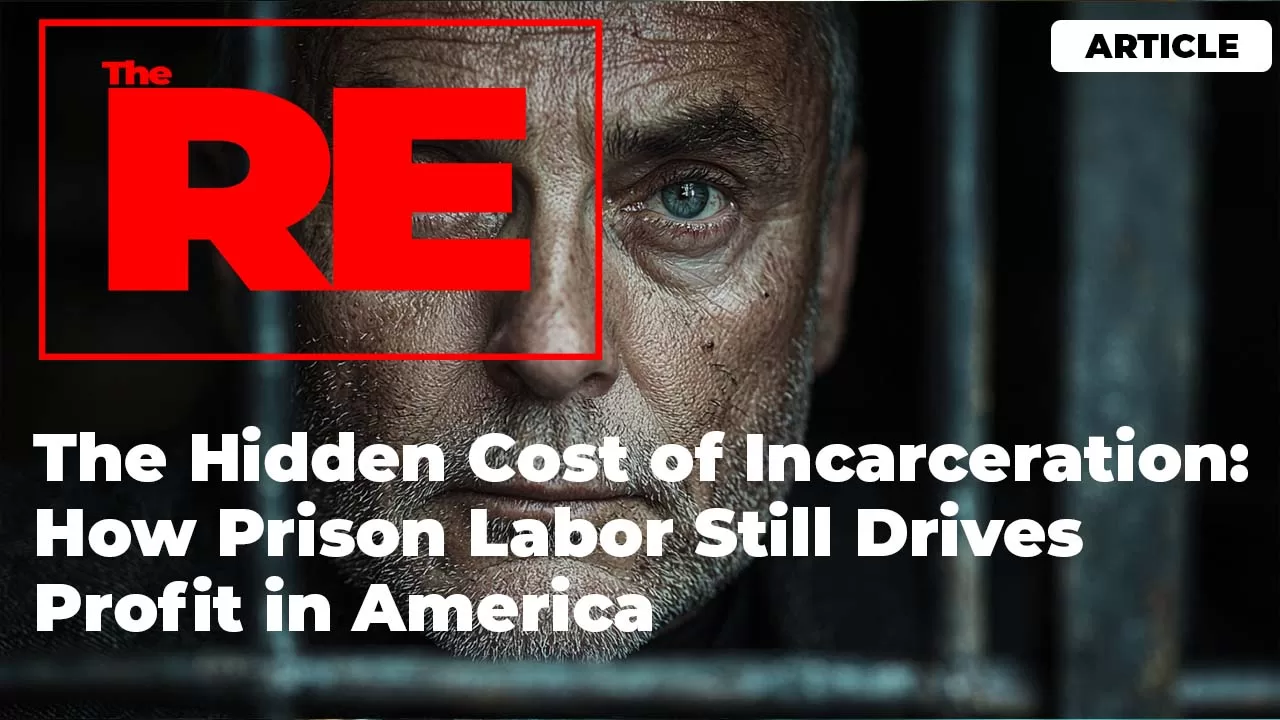The Ripple Effect
-News and Commentary-
Deportation by the Numbers: What Trump Didn’t Do
- Home
- News and Commentary
- Deportation by the Numbers: What Trump Didn’t Do

This is not breaking news. We don't report the news. We Unpack it. Explain it. And analyze what it means.
Click this button to add us to your home screen.
We Unpack. You Decide. Stay informed.
One voice. One message. One Goal. Truth
I woke up to a headline on the news that said, “Trump frustrated with current deportation rates—plans to increase ICE operations to fulfill campaign promises.” Now, depending on how you hear that, it sounds like he’s the man at the wheel. A tough-on-immigration, no-nonsense enforcer disappointed that deportations are too soft under his watch. But here’s the thing, I know better.
So I paused, sat down, and started digging. And what I found?
The numbers don’t back that up. Not even close. Let’s walk through the raw math, strongest to weakest, so we’re all looking at the same receipts.
Joe Biden, from 2021 to 2023, oversaw more than 4.4 million deportations in just two years. That includes Title 42 expulsions, which was an emergency removal used during the pandemic to turn people away at the border without processing, under the claim of public health safety, along with formal removals and voluntary returns.
In fiscal year 2022 alone, over 2.3 million removals and returns were recorded, and by 2023, the administration was averaging over 6,300 deportations per day, mostly from the southern border. Barack Obama, from 2009 to 2017, logged approximately 3.2 million deportations over two full terms. His peak year was 2012, with over 409,000 formal removals. He even earned the nickname “Deporter in Chief” from immigrant rights groups. Most of those removals were processed through the Secure Communities program which is a system that automatically checked fingerprints from local police arrests against federal immigration databases, flagging undocumented individuals even if they had no convictions or were picked up for minor infractions.

Donald Trump, across his full term from 2017 to 2021, oversaw about 1.2 million deportations total. In 2017, it was 226,000. In 2018, 256,000. In 2019, 267,000. And in 2020, during the pandemic, it dropped to 185,000. But even before COVID, Trump’s highest year didn’t come close to Obama’s. Let that soak in. The man being painted as the most aggressive immigration enforcer didn’t even crack the top two, not in totals, not in yearly averages, not in border expulsions.
So why does it feel like Trump was doing more?
Because of how the story is framed. Trump’s era was loud. The raids were televised. ICE activity was in your face. Kids in cages. Border wall speeches. Everything was branded like a WWE storyline. That showmanship created the illusion of dominance, even when the data said otherwise. Meanwhile, Biden and Obama were running a quieter, colder machine. No shouting. No photo ops. No show. Just systems. Just process. Just thousands of people removed daily, efficiently, and silently. So when I hear anchors say Trump is “disappointed” in the current deportation numbers, I hear a man realizing he got outperformed by the very Democrats he tried to paint as soft.
This is not opinion. It is math. And this is exactly why The Ripple Effect exists. To strip the spin, kill the noise, and show you what is really happening beneath the headlines.

Let’s start with the obvious: Donald Trump may not have led in deportations, but he dominated in something else, messaging. The numbers show he was behind. But the story? The story made him look like the only man with a plan. That disconnect is not accidental. It is designed.
This is how political framing works: it is not about what is true—it is about what is felt. The GOP understands that. They do not have to lead in metrics. They just have to lead in message control. And Trump, whatever else he is, mastered the show.
From the moment he came down that escalator, his strategy was rooted in fear. Not data. Not policy. Fear.
Fear of invasion. Fear of the other. Fear of a border collapse. And every time ICE made a public arrest, every time Border Patrol marched a group in front of a news camera, that fear got legs. It became real in the minds of voters. The actual mechanics of immigration enforcement? Boring. Paperwork. Court dates. Removal proceedings. Detention logistics. None of that makes for great TV. So it gets cut. What we are left with is performance. What we are fed is theater. And Trump understood how to direct the show. Now contrast that with the Democrats. Biden’s administration quietly moved more bodies, yes. But they did it with zero narrative control. No cohesive framing. No national conversation about strategy. Just stats buried inside DHS reports and a press office that can barely keep up.
Obama had the same problem. He deported millions, but lost the story. So instead of being seen as a strong enforcer, he got labeled weak by the right and heartless by the left. No win. No cover. Just backlash.

That is what framing does. It decides who gets credit, who gets blamed, and who gets forgotten—even when the scoreboard says otherwise.
And the scoreboard right now? It says this: Biden is leading on removals, Trump is leading on messaging, And the American public is being led in circles. It is the same playbook that sells lies as leadership and optics as outcomes. And we fall for it—over and over—because we have been trained to believe the man with the loudest mic must be the one doing the most work.
But truth does not raise its voice. It just stands. Quiet. Undeniable. Waiting for somebody to look beneath the noise. This part right here? That is the work.
Here’s the thing people forget: deportation doesn’t just disappear when the news stops talking about it. Whether it’s a Democrat or a Republican in office, the machine keeps moving. Quietly. Relentlessly. But the moment it stops looking like it’s moving, politicians panic. And that panic? That’s when things get dangerous. Let’s zoom in on Trump. When his administration realized he was falling behind Biden and Obama in deportation numbers, the conversation shifted. He wasn’t leading the scoreboard, and that bruised his brand. He ran on immigration. It was supposed to be his issue. His leverage. His proof of “strength.”
By the middle of his term, Trump had deported fewer people than either of the two Democratic presidents before him. Biden’s administration was quietly outpacing him in raw volume. Obama had already set records during his own two terms. And when that reality finally caught up to Trump? He didn’t adjust the strategy. He didn’t improve the process. He didn’t make policy more efficient. No. They went for optics. He demanded the story change.
And that’s where the Home Depot incident comes in.

Reports say Stephen Miller—Trump’s senior adviser and architect of his immigration platform—was in a heated meeting with top ICE officials. Trump had been pressing the same question over and over: Why are our deportation numbers so low? Why aren’t we doing more? Why aren’t we out in the field getting them?
That’s when one of the ICE leaders fired back. Frustrated. Done with the back-and-forth. He said, on record:
“You want numbers? I can go to Home Depot right now and get you 30 undocumented immigrants before lunch.” And then they did it.
They got in the car, drove to a Home Depot in Washington, D.C., and arrested 30 undocumented immigrants on the spot. No warrants. No investigations. No court orders. Just presence. Just bodies. Just optics.
After that, policy shifted. They stopped targeting based on risk or offense and started targeting based on volume. Arrest first. Ask later. Everybody was fair game.
And that’s when immigration enforcement went from systematic to desperate. It became a public chase scene—Trump trying to catch up to the deportation totals of the men he once called weak.
This is what happens when ego outruns policy. When deportation becomes a scoreboard, people become pawns. And the numbers, even when achieved through chaos, get framed as “strength.”
But you can’t confuse volume with strategy.
The truth is, the policy wasn’t broken. The optics were. And Trump, obsessed with his image, didn’t want to fix the system. He wanted to fix the camera angle.
From that moment forward, everything changed.
The policy quietly shifted. It stopped being about threat level, criminal records, or public safety risk. It became about accessibility. Visibility. Volume. The directive became: arrest first, ask questions later. It didn’t matter if someone was waiting on paperwork, had no priors, or had been living here for twenty years. If you were undocumented and easy to grab, you were now fair game.
Immigration enforcement went from systematic to desperate. It turned into a public chase scene, built to make Trump look like the strongman he had always claimed to be because at that point, it wasn’t about protecting borders. It was about protecting ego.
And here’s where it gets even more twisted: it worked.

The public, by and large, didn’t know the numbers. They didn’t see the daily DHS stats. What they saw was headlines. Images. ICE raids on the evening news. They saw buses. They saw shouting. They saw badges and bodycams. And in their minds, that translated to action, even if the reality underneath was chaotic, directionless, and aimed more at appearances than accountability. What should’ve been a data-driven, risk-based system became theater.
And the people caught in it? They were not nameless. They were fathers pulled while working. Mothers arrested during school drop-off. Day laborers detained for trying to feed their kids. No charges. No appeals. Just paperwork, vans, and silence. The kind of silence that follows you even after you’re gone. This wasn’t about enforcement. This was about a narrative being forced into existence by any means necessary. Trump wasn’t leading. He was catching up. Desperately. Loudly. Sloppily. And the media, knowingly or not, helped him do it.
When they reported on the ramp-up without context, when they echoed the “tough on immigration” soundbites without showing the math, they gave the performance legitimacy. They sold panic as power. But here’s the truth that outlives the spin: you can’t confuse noise for leadership. And you can’t confuse volume for vision.
Trump didn’t fix the system. He didn’t improve outcomes. He just widened the net and turned the cameras on. And when the story didn’t go his way, he changed the scene.
What is actually happening?
A shift from risk-based enforcement to mass roundups designed to inflate deportation stats and recapture a failing political narrative.
Why is it happening now?
Because Trump’s brand was immigration—and when the numbers didn’t prove dominance, they manufactured dominance by changing tactics.
Who gets swept up?
Day laborers. Service workers. Parents. People without records. People waiting on paperwork. Anyone who fits the visual of “illegal” when a camera is near.
Where is it happening?
Public. Strategic. Loud. Parking lots, bus depots, neighborhoods with cameras. Not crime zones. Narrative zones.
How does it play out?
The public sees raids. Trump gets to talk tough. Supporters feel like order is being restored. And communities lose fathers, mothers, and providers, silently, permanently.
This isn’t enforcement. It’s stagecraft. And we have to stop mistaking noise for leadership. Because what Trump gave us wasn’t a secure border. It was a reality show with consequences. He was not ahead. He was chasing the scoreboard. And somewhere along the line, immigration policy stopped being about America and started being about ego.
The numbers tell one story. The headlines told another. And the people who disappeared in between? They didn’t have a mic.
This is not breaking news. We don't report the news. We Unpack it. Explain it. And analyze what it means.
Click this button to add us to your home screen.
We Unpack. You Decide. Stay informed.
One voice. One message. One Goal. Truth





 and then
and then